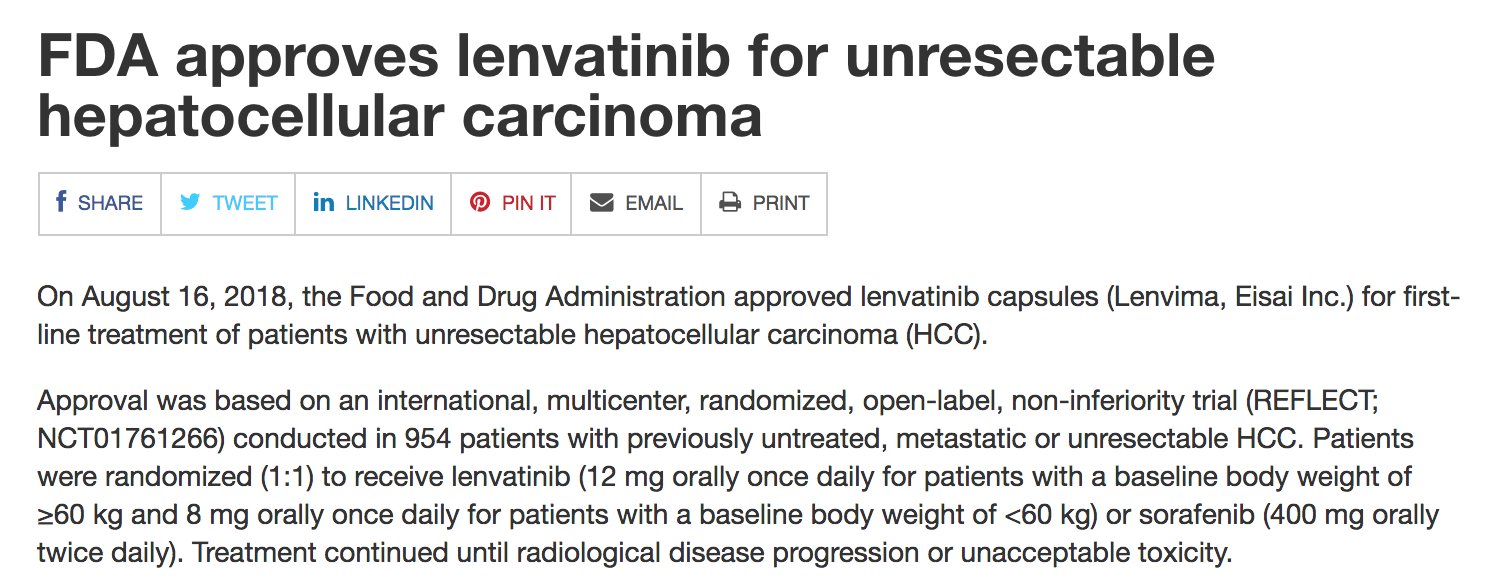Physicians could detect
mutations that could tell us that an individual is at much higher risk of
developing AML a decade before their diagnosis
Two studies identify genetic mutations that could predict the risk
of an aggressive blood cancer up to a decade before it is diagnosed.
The
studies published July 9 in Nature and Nature Medicine have identified genetic
mutations that are present in people’s blood cells up to a decade before they
develop acute myeloid leukemia (AML) symptoms and are diagnosed with the
disease. These genetic changes, according to the researchers, likely represent the
initial steps normal blood cells take as they transform into cancerous cells in
an individual.
AML is a form of blood cancer most often diagnosed after
age 65. Symptoms tend to come on suddenly. According to the American Cancer
Society, in 2018, there will be about 19,520 new cases of AML and about 10,670
patients will die of the disease in the U.S.
The first study, published in Nature Medicine by
researchers at Weill Cornell Medicine and New York-Presbyterian Hospital in New
York City and their colleagues, analyzed blood samples from 188 women. The
blood samples had been taken up to 10 years before the women developed AML. As
a comparison, they also analyzed blood samples from 181 healthy women of
similar ages who had not gone on to be diagnosed with AML.
The researchers zeroed in on 68 genes that have been
previously implicated in AML. They found that even a decade prior to their
diagnosis, the individuals who went on to develop AML were already more than
four times as likely to harbor at least one mutation in any of these genes
compared to their healthy counterparts. Sixty-nine percent of the women who
would go on to be diagnosed with AML already had at least one mutation in these
genes, but only 31 percent of the women in the control group harbored at least
one mutation. The team found that some mutations were more important than
others in raising AML risk. Certain mutations almost always led to AML among
the participants in the study.
In the second study, published in Nature,
researchers at the Princess Margaret Cancer Centre in Toronto along with an
international team of colleagues conducted a similar analysis on blood samples
of 124 individuals who went on to develop AML six to ten years later and
compared these to 676 age-matched healthy individuals without AML. The team
identified mutations in certain AML-related genes among 73.4 percent of the pre-AML
samples, compared to 36.7 percent of the healthy controls.
Importantly, both studies could distinguish between the
gene mutations linked to a high risk of AML versus non-significant mutations
that normally accumulate in blood cells as people age. This accumulation of
mostly benign mutations is called “clonal hematopoiesis.” The results ultimately
would be useful in the clinic but researchers still need to test this screening
approach in large, randomized trials.




